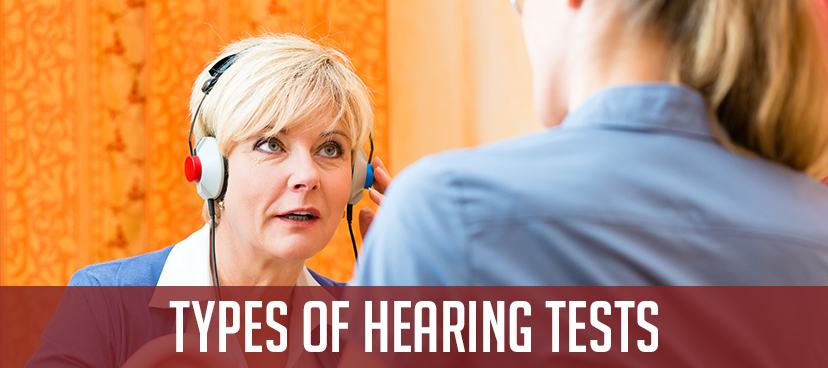“Hearing is auditory perception. It is the ability to recognize sound or noise.”
The human ear can perceive vibrations and differentiate the various types of sounds. For practical purposes, a hearing test can be as simple as allowing a person to recognize any kind of sound or to just respond to a prevailing noise.
Hearing is essentially a response to a stimulus. The noise or sound is the stimulus and reacting to the sound, be it recognize or simply turning towards the sound is the natural response.
While the basic premise of a hearing test is quite simple, the scope of diagnosis as is needed owing to the complicated nature of the human anatomy requires different types of testing.
“Hence, there are many types of hearing tests, all with a specific objective”.
According to the American Speech-Language-Hearing Association, there are five types of hearing tests.
Types of Hearing Tests
- Pure Tone Testing
- Speech Testing
- Tests of the Middle Ear
- Auditory Brainstem Response or ABR
- Otoacoustic Emissions or OAEs
Which of the types of hearing tests will be required in a specific case will have to be determined by an audiologist or an ENT specialist.
Tests are used to diagnose these cases of hearing loss, which could be
- Temporary or Permanent Hearing Loss
- Partial Hearing Loss
- Complete Hearing Loss
These five methods or types of hearing tests are used to study hearing in kids and adults.
1. Pure Tone Testing
Pure tone testing involves air conduction and recording the response of a person to different pitches of sound.
A child or an adult is exposed to varying frequencies or pitches of sound and both ears are studied separately with the help of earplugs or speakers.
“A person is confined to a booth with a speaker or is made to wear earplugs and sounds of different frequencies are played.”
The person is supposed to raise a hand or finger, press a button or say yes, nod, or make any predetermined gesture when she or he hears the sound.
An audiogram records the results. Kids as young as six months old are tested with visual reinforcement audiometry which is basically observing a child look in the direction of the source of the sound.
The other method in pure tone testing is conditioned to play audiometry. This is more common among toddlers or preschoolers where kids are asked to perform a task or engage in a play when a particular sound is played.
2. Speech Testing
Speech testing is conducted by an audiologist. Speech Reception Threshold (SRT) is used to understand if a person can recognize speech.
The faintest of speech is used to ensure a person can hear properly. Speech testing is often used after pure-tone testing, more often than not to confirm the findings of the preceding test.
It is common for audiologists to conduct both the types of hearing tests in one session. Speech testing also studies how loud or low a person can hear. To achieve this, environments of different levels of noise are used.
“For instance, one test can be in a completely quiet or silent room while one test may involve lots of distracting noises.”
The noisy environments allow the study of a person’s ability or inability to hear or recognize speech when there is substantial or excessive background noise.
3. Tests of the Middle Ear
These tests are more about the anatomy of the ear than the perception of hearing or the response to stimuli. The middle ear is measured and its functioning is studied.
Different methods are used for the measurement including:
- Acoustic Reflex Measures
- Tympanometry
- Static Acoustic Measures
These tests can diagnose middle ear disease.
4. Auditory Brainstem Response or ABR
Auditory Brainstem Response is a test to study the cochlea or inner ear and the brain pathways that help us to recognize what we hear.
Also known as auditory evoked potential, the test is more commonly used for kids who struggle with traditional behavioral methods of types of hearing tests.
The test may involve pasting electrodes on the head to record the activity of brain waves when there is a cognizable sound. This test doesn’t require a response from the person, not physically or in any way of voluntary reaction.
“The person can be resting or even sleeping as the test is conducted.”
5. Otoacoustic Emissions or OAEs
Otoacoustic Emissions are actually the sound or sounds produced by the cochlea or the inner ear when it responds to sound. In other words, the sound being the stimulus stimulates the inner ear and the hair cells vibrate, thus allowing the cochlea to produce a sound of its own
. This sound is inaudible to us as it echoes in the middle ear. This sound can be observed by a small probe that is placed in the ear canal. A person unable to hear or recognized any sound will not produce these otoacoustic emissions.



